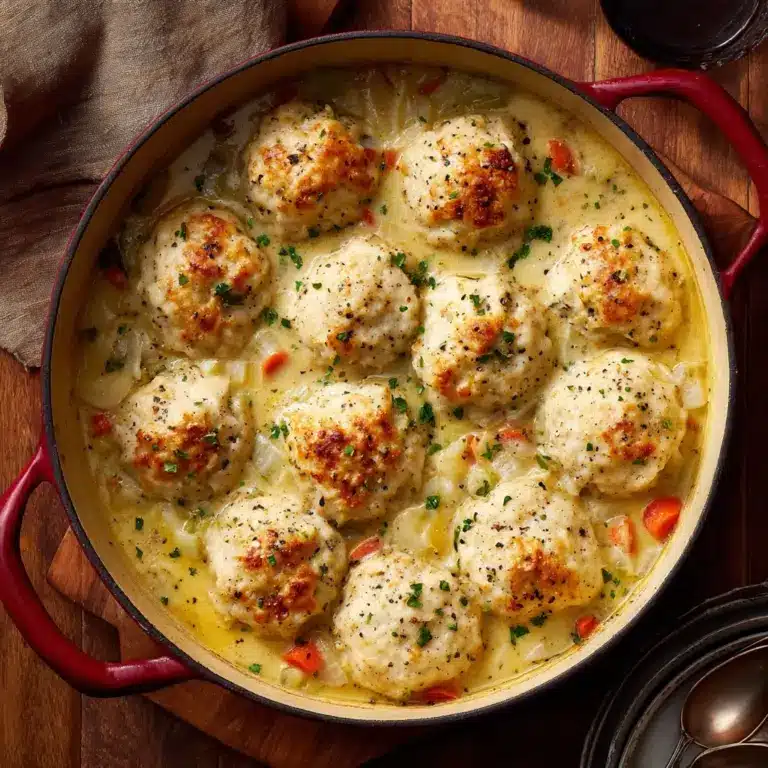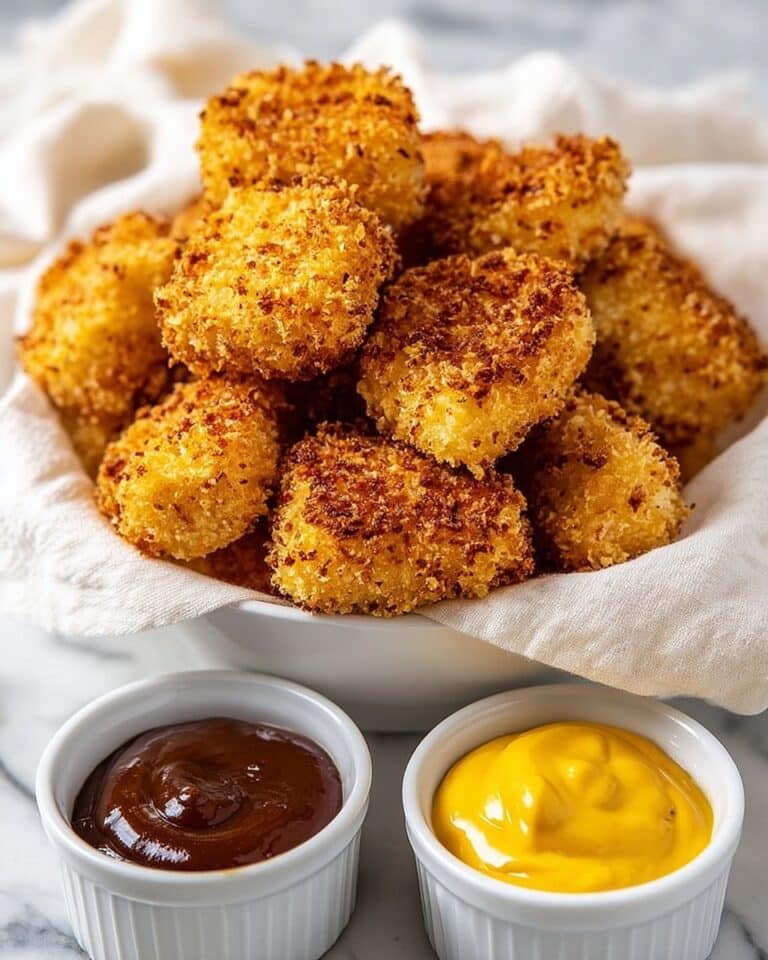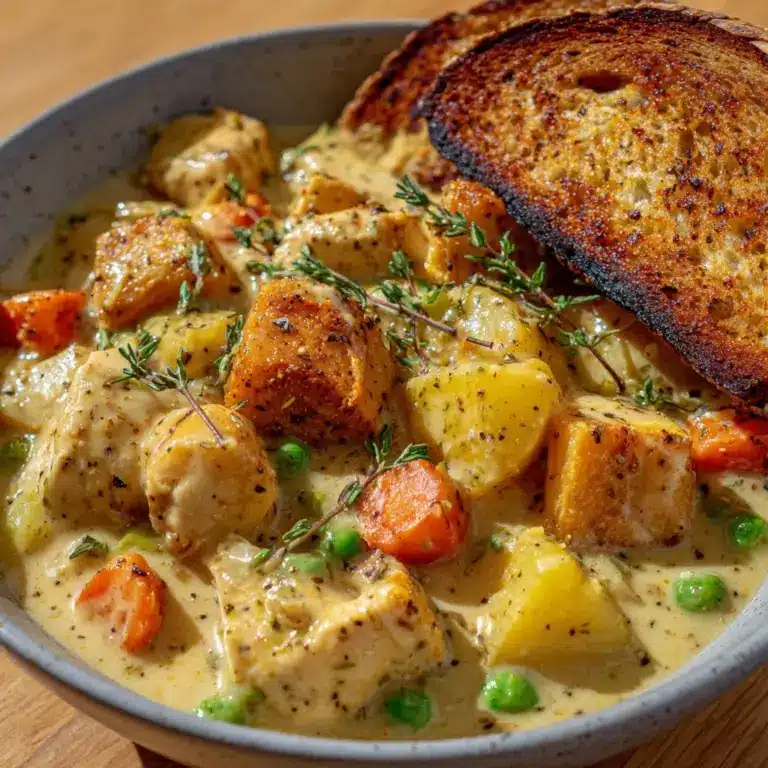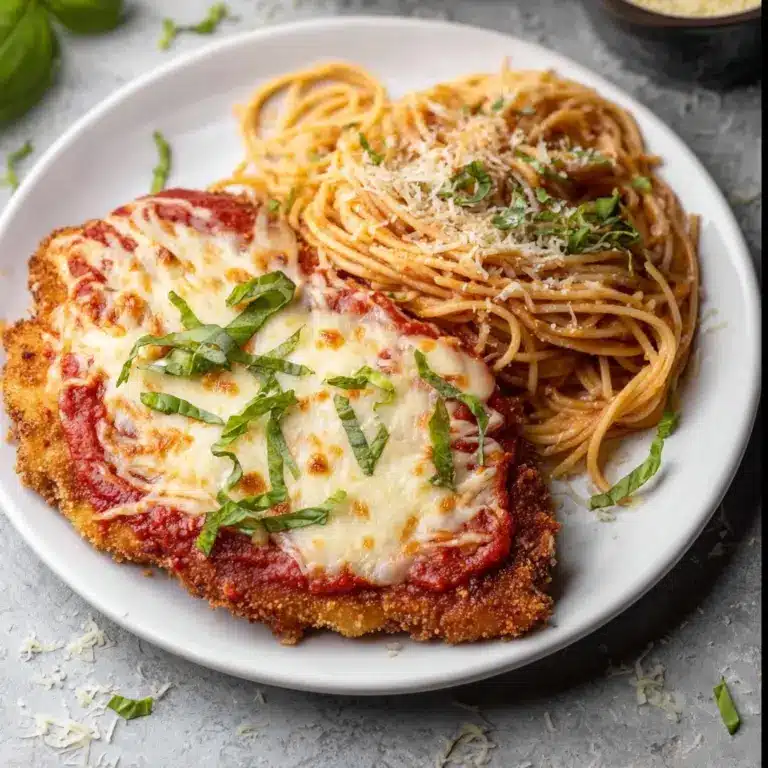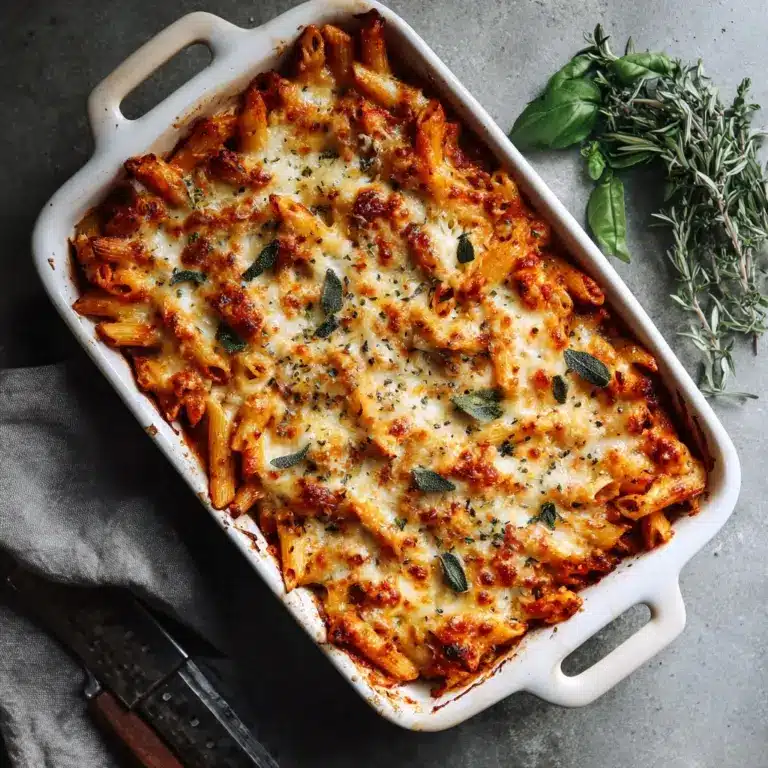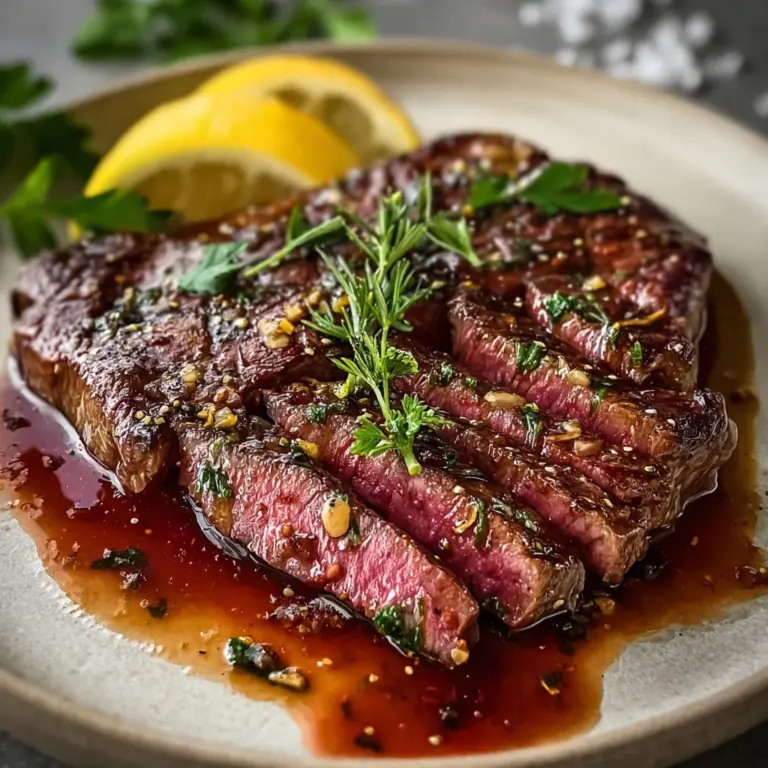Dijon Baked Salmon Recipe
If you’re searching for a dish that’s as elegant as it is effortless, Dijon Baked Salmon is about to become your new go-to recipe. In just a few easy steps, this recipe transforms a fresh salmon fillet into a show-stopping entrée with layers of flavor—thanks to zesty Dijon mustard, fresh herbs, and a kiss of lemon. The result is juicy, flaky fish with a golden cap of herby goodness, ready in under 30 minutes and perfect for a weeknight dinner or impressing guests at a dinner party.

Ingredients You’ll Need
Dijon Baked Salmon relies on a handful of kitchen staples, each one playing a starring role in building the dish’s irresistible flavor and aroma. With quality ingredients, you get restaurant-worthy results every time.
- Fresh salmon: Opt for King, Sockeye, or Coho for maximum flavor, richness, and beautiful flaky texture.
- Fresh parsley: Finely chopped, it adds fresh bursts of color and brightness to every bite.
- Dijon mustard: The real star—its tangy, sharp flavor enlivens the salmon without overpowering it.
- Lemon juice: Just a splash brightens the whole dish and balances the rich fish.
- Extra-virgin olive oil: Adds silkiness and helps lock in moisture while baking.
- Garlic cloves: Chopped fine for a gentle but unmistakable savory kick.
- Salt and pepper: Don’t skip these; seasoning is the secret to bringing all the flavors together.
How to Make Dijon Baked Salmon
Step 1: Preheat the Oven
Begin by preheating your oven to 375 degrees Fahrenheit. Taking the time for the oven to fully heat ensures the salmon bakes evenly and gets that perfect, slightly crisp top. While it’s warming up, line a baking tray with parchment paper—this will make clean-up a breeze and prevent sticking.
Step 2: Make the Herby Dijon Mixture
In a small bowl, mix together the Dijon mustard, chopped fresh parsley, lemon juice, extra-virgin olive oil, finely minced garlic, and a generous pinch of salt and pepper. This mixture is wonderfully fragrant and packs all the big flavor punches that will make your Dijon Baked Salmon downright addictive. Give it a quick taste to check the balance—add a squeeze more lemon or a pinch more salt if needed.
Step 3: Coat the Salmon
Lay the salmon fillet skin-side down on your prepared baking tray. Spoon the herby mustard mixture generously over the top, using the back of the spoon to spread it evenly and thickly over every inch. Make sure to coat from edge to edge—this crust is the magic, infusing every bite with bright, aromatic flavors.
Step 4: Bake to Perfection
Slide the tray into your preheated oven and bake for 18 to 20 minutes, depending on the thickness of your fish. You’ll know your Dijon Baked Salmon is ready when it flakes easily with a fork and is just opaque in the center. The mustard coating should be lightly golden and aromatic.
Step 5: Slice and Serve
Remove the salmon from the oven and let it rest for a minute before carefully slicing into individual servings. The herby, zingy crust is even more impressive against the tender, juicy fish inside. Serve immediately while everything is still warm and fragrant!
How to Serve Dijon Baked Salmon

Garnishes
For a picture-perfect finish, shower your Dijon Baked Salmon with a little extra chopped fresh parsley or a few thin slices of lemon. These tiny touches add freshness and a sunny pop of color that truly looks as good as it tastes.
Side Dishes
This dish pairs beautifully with an endless variety of sides. Try buttery roasted potatoes, vibrant steamed asparagus, or a crisp green salad tossed with a light vinaigrette. The bright, bold flavors in the salmon are balanced perfectly by simple, fresh accompaniments.
Creative Ways to Present
Feeling fancy? Try serving your Dijon Baked Salmon on a wooden board surrounded by roasted seasonal vegetables, or flake leftovers over warm quinoa or a leafy salad for a hearty lunch bowl. For starters, mini portions on crostini are always a crowd-pleaser.
Make Ahead and Storage
Storing Leftovers
If you have leftovers, simply let the salmon cool to room temperature, then transfer to an airtight container and refrigerate. Dijon Baked Salmon stays fresh for up to two days in the fridge, making it perfect for quick lunches or to add protein to salads the next day.
Freezing
While salmon is best enjoyed fresh, you can freeze leftover portions of Dijon Baked Salmon. Place cooled salmon in a freezer bag or tightly wrapped in foil. It’s best used within one month for optimal flavor and texture. Thaw overnight in the fridge before reheating.
Reheating
To reheat, place the salmon in a low oven (about 300 degrees Fahrenheit) for 8-10 minutes, or until warmed through. This gentle method preserves moisture and keeps the Dijon topping flavorful, though reheating in the microwave works in a pinch—just cover the fish and use short bursts.
FAQs
Can I use a different kind of mustard?
Absolutely! While Dijon mustard is classic for Dijon Baked Salmon and lends a unique tangy depth, you can experiment with grainy or even spicy brown mustard for new flavor twists.
What’s the best type of salmon for this recipe?
King, Sockeye, and Coho are top picks because of their rich flavor and generous fat content, which keeps the salmon juicy even after baking. However, you can use any fresh, high-quality fillets you find—just keep an eye on cooking time for thinner pieces.
Should I remove the salmon skin before baking?
It’s entirely up to you! Baking with the skin on helps protect the flesh and makes handling easier, but you can remove it after cooking if you prefer. Either way, the focus is on that flavorful Dijon crust!
Can I prepare Dijon Baked Salmon ahead of time?
You can prep the herby mustard mixture and coat the salmon a few hours in advance, storing it covered in the refrigerator. Just pop it in the oven when you’re ready to cook for a no-fuss meal.
How do I know when the salmon is done?
The best way is to check with a fork; the fish should flake easily and be opaque in the middle. If you’re using a thermometer, it should read 125 to 130 degrees Fahrenheit for perfectly cooked salmon.
Final Thoughts
If you want a dinner that feels both special and effortless, Dijon Baked Salmon is the answer. It’s bold, fresh, and comes together in minutes—so don’t wait for a special occasion, make it tonight and discover just how irresistible homemade salmon can be!
Print
Dijon Baked Salmon Recipe
- Total Time: 30 minutes
- Yield: 4 servings 1x
- Diet: Gluten Free
Description
This Dijon Baked Salmon recipe is a flavorful and easy way to prepare salmon that is perfect for a weeknight dinner or special occasion. The combination of Dijon mustard, fresh herbs, and garlic creates a delicious crust on the salmon, while keeping it moist and tender on the inside.
Ingredients
Salmon:
- 1 ½ pounds salmon (King, Sockeye or Coho salmon)
Herbed Mustard Mix:
- ¼ cup fresh parsley (finely chopped)
- ¼ cup Dijon mustard
- 1 tablespoon lemon juice
- 1 tablespoon extra-virgin olive oil
- 3 garlic cloves (finely chopped)
- Salt and pepper (to taste)
Instructions
- Mix: Preheat your oven to 375 degrees Fahrenheit. Mix together the mustard, parsley, lemon juice, oil, garlic, salt, and pepper in a small bowl.
- Coat: Place the salmon on a parchment-lined baking tray and generously coat the top of the salmon with the herbed mustard mix.
- Bake: Bake the salmon for 18 to 20 minutes (depending on size and thickness), then slice it into individual portions and serve immediately.
- Prep Time: 10 minutes
- Cook Time: 20 minutes
- Category: Main Course
- Method: Baking
- Cuisine: American
Nutrition
- Serving Size: 1 serving
- Calories: 320 kcal
- Sugar: 1g
- Sodium: 350mg
- Fat: 18g
- Saturated Fat: 3g
- Unsaturated Fat: 13g
- Trans Fat: 0g
- Carbohydrates: 3g
- Fiber: 1g
- Protein: 35g
- Cholesterol: 95mg
Keywords: Dijon Baked Salmon, Baked Salmon Recipe, Salmon with Dijon Mustard, Easy Salmon Recipe

